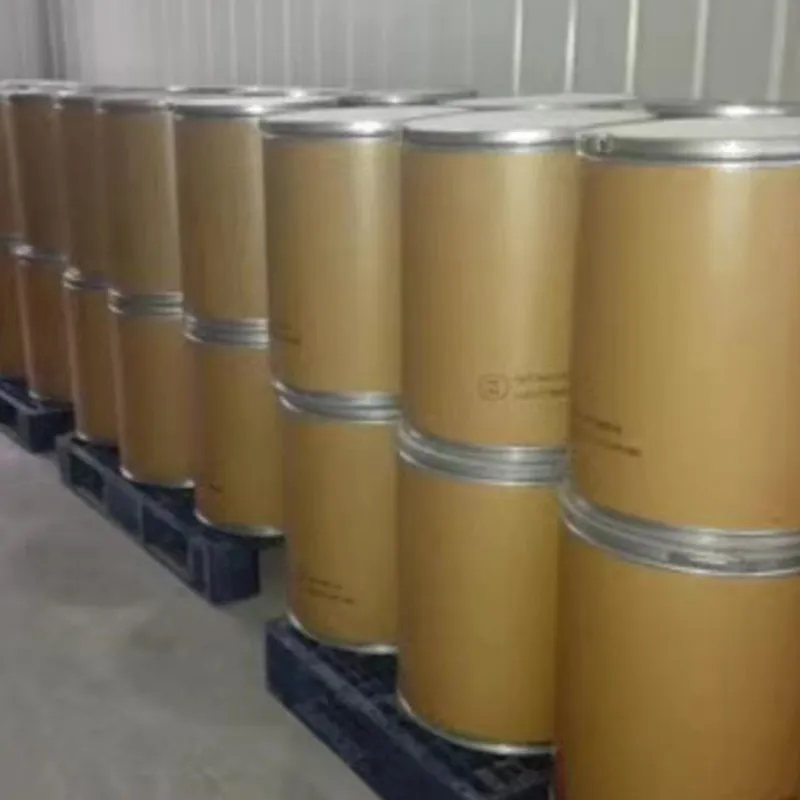
Phosphoric Acid Method for Efficient Production and Application in Various Industries
The Phosphoric Acid Process An Overview
Phosphoric acid, a vital chemical compound, plays a critical role in various industrial applications, predominantly in the production of fertilizers. The phosphoric acid process refers to the methods employed to produce phosphoric acid from naturally occurring phosphate rock. This process is crucial for supplying the agricultural sector with fertilizers that enhance crop yield and maintain soil health.
The Importance of Phosphoric Acid
Phosphoric acid (H₃PO₄) is paramount in agriculture, accounting for a significant portion of the world's fertilizer production. Phosphorus, as one of the essential macronutrients for plant growth, is a key ingredient in NPK fertilizers (which contain nitrogen, phosphorus, and potassium). Apart from agriculture, phosphoric acid is also used in the food industry, metal treatment, and in the production of detergents and pharmaceuticals.
Phosphate Rock
The primary raw material for producing phosphoric acid is phosphate rock, typically composed of various phosphate minerals. The two most common types are sedimentary phosphate rock, which is rich in apatite, and igneous phosphate rock. The choice of phosphate rock significantly impacts the efficiency of the phosphoric acid production process.
The Production Processes
There are two main processes for producing phosphoric acid from phosphate rock the sulfuric acid process and the thermal process
.1. Sulfuric Acid Process This is by far the most common method for phosphoric acid production. In this process, phosphate rock is reacted with sulfuric acid, resulting in phosphoric acid and gypsum as a byproduct. The chemical reaction can be summarized as follows
phosphoric acid process

\[ Ca₃(PO₄)₂ + 3H₂SO₄ → 2H₃PO₄ + 3CaSO₄ \]
Here, the calcium sulfate produced is known as gypsum, which can be used in cement production or land fill. The efficiency of this process relies heavily on the purity and composition of the phosphate rock; higher quality rock results in higher yields of phosphoric acid.
2. Thermal Process This method involves heating phosphate rock with silica and carbon, usually in an electric arc furnace, to produce phosphoric acid and various phosphoric oxides. The reaction is as follows
\[ Ca₃(PO₄)₂ + SiO₂ + C → P₂O₅ + CaO + CO \]
The thermal process is typically more energy-intensive than the sulfuric acid process and is used primarily to produce high-purity phosphoric acid. This type of acid is essential in the production of specialized products, including semiconductors and food additives.
Environmental Considerations
Both processes generate waste products, which can pose environmental challenges. For instance, the gypsum produced in the sulfuric acid process must be managed to prevent the leaching of harmful substances into the environment. Moreover, the consumption of sulfuric acid and energy in the thermal process raises concerns regarding greenhouse gas emissions and resource depletion. Efforts to mitigate these impacts are ongoing, focusing on recycling waste materials, improving energy efficiency, and developing cleaner technologies.
Conclusion
The phosphoric acid process is an essential component of the chemical industry, underpinning agricultural productivity and a myriad of other applications. As the world faces growing population pressures and the need for sustainable farming practices, advancements in phosphoric acid production technology will play a critical role in ensuring food security while balancing environmental considerations. Continued research and development in this area will be imperative for enhancing efficiency, reducing waste, and promoting sustainable practices in the production of this vital compound.
-
Aluminum Hydroxide: Quality Gels & Dried Gel AntacidNewsAug.31,2025
-
Buy High-Quality Trichloroisocyanuric Acid for Sale | TCCA 90% SupplierNewsAug.30,2025
-
Pure Sodium Dichloroisocyanurate Dihydrate | Powerful DisinfectantNewsAug.29,2025
-
Industrial Chemicals: Quality & Purity for Every IndustryNewsAug.28,2025
-
Nitrile Rubber Honoring Strict Production StandardsNewsAug.22,2025
-
Aspartame Ingredients Honoring Food Safety ValuesNewsAug.22,2025
-
Fertilizer for Balanced Plant NutritionNewsAug.22,2025
Hebei Tenger Chemical Technology Co., Ltd. focuses on the chemical industry and is committed to the export service of chemical raw materials.
-

view more DiethanolisopropanolamineIn the ever-growing field of chemical solutions, diethanolisopropanolamine (DEIPA) stands out as a versatile and important compound. Due to its unique chemical structure and properties, DEIPA is of interest to various industries including construction, personal care, and agriculture. -

view more TriisopropanolamineTriisopropanolamine (TIPA) alkanol amine substance, is a kind of alcohol amine compound with amino and alcohol hydroxyl, and because of its molecules contains both amino and hydroxyl. -

view more Tetramethyl Thiuram DisulfideTetramethyl thiuram disulfide, also known as TMTD, is a white to light-yellow powder with a distinct sulfur-like odor. It is soluble in organic solvents such as benzene, acetone, and ethyl acetate, making it highly versatile for use in different formulations. TMTD is known for its excellent vulcanization acceleration properties, which makes it a key ingredient in the production of rubber products. Additionally, it acts as an effective fungicide and bactericide, making it valuable in agricultural applications. Its high purity and stability ensure consistent performance, making it a preferred choice for manufacturers across various industries.





